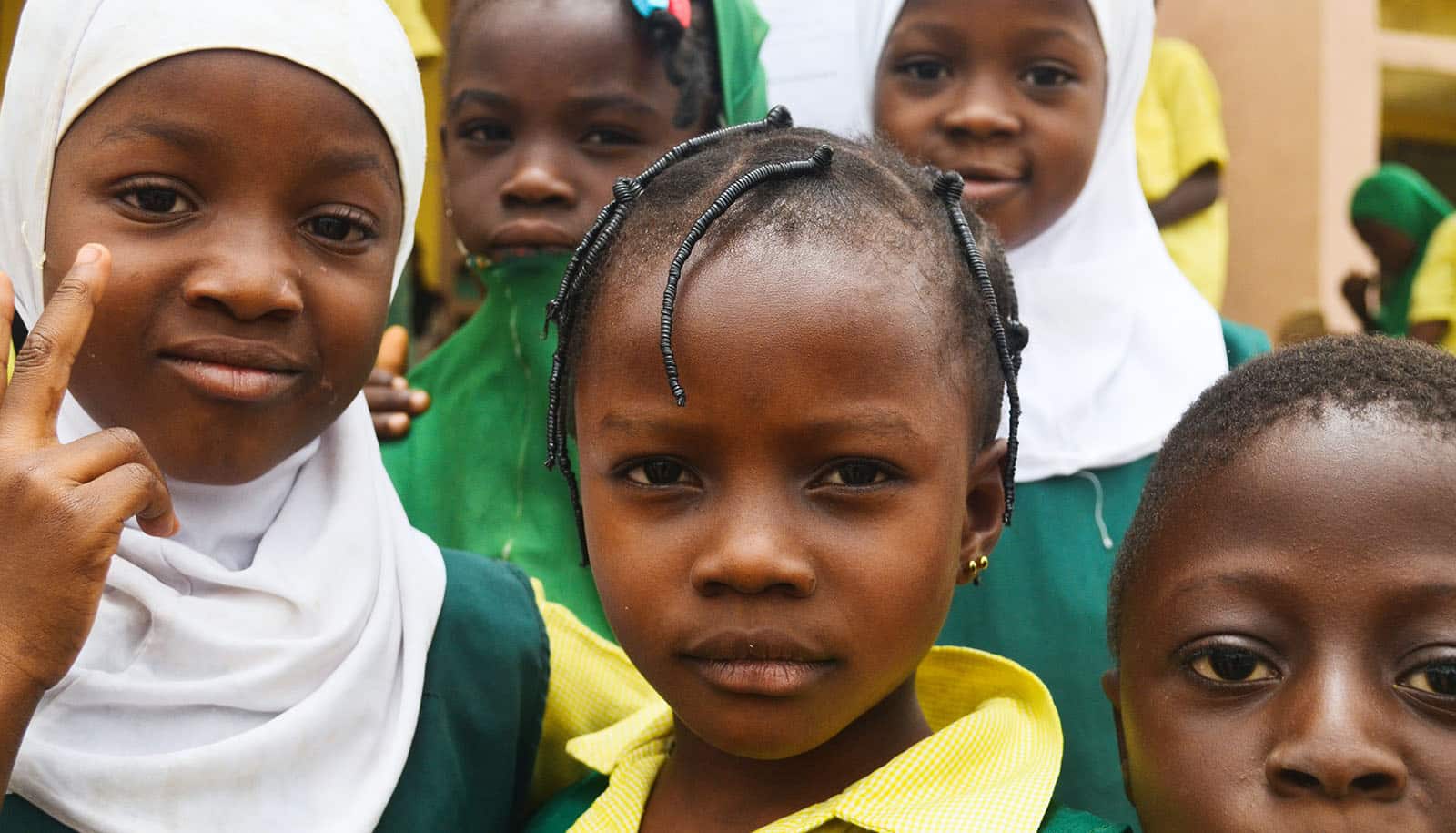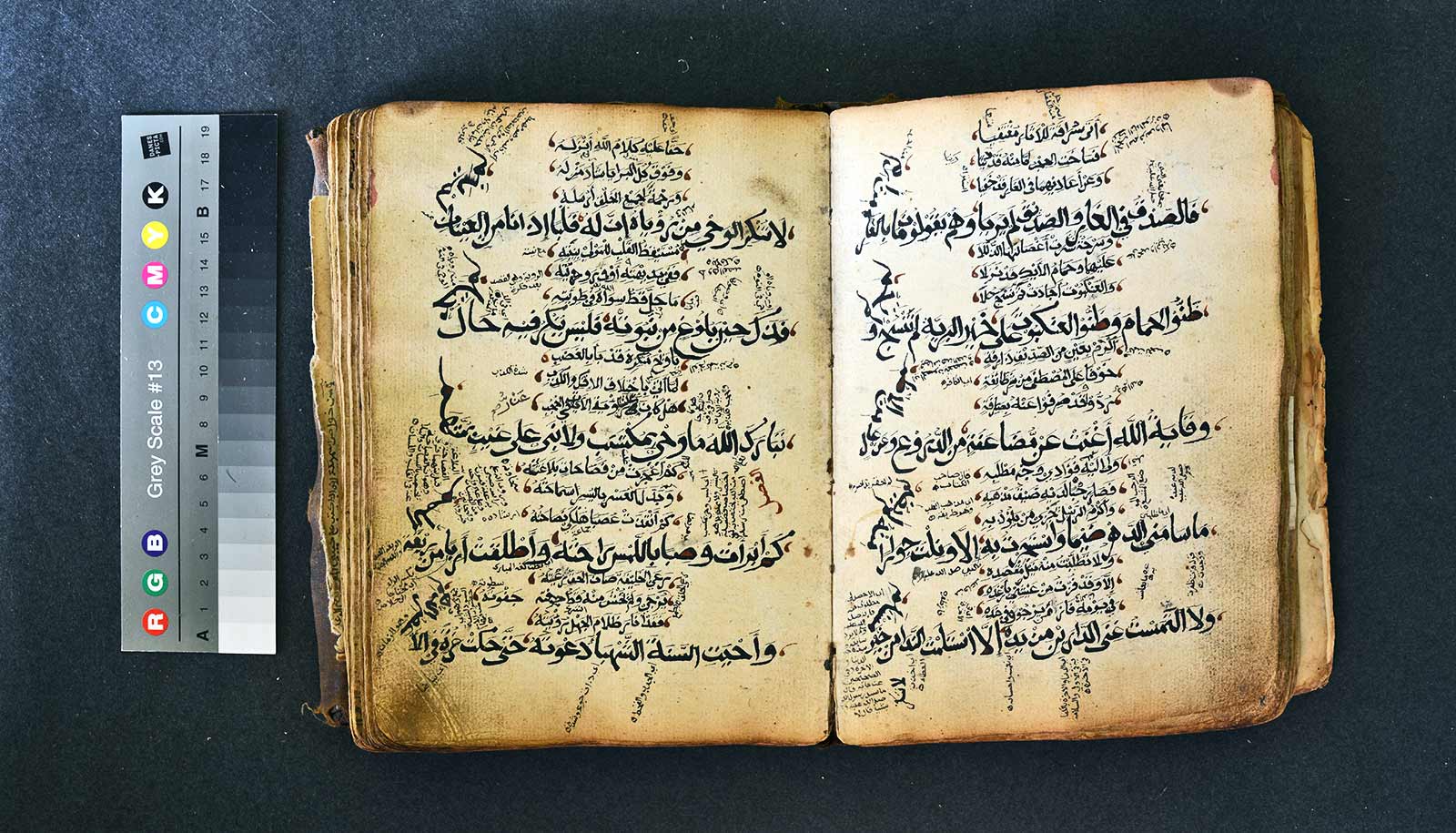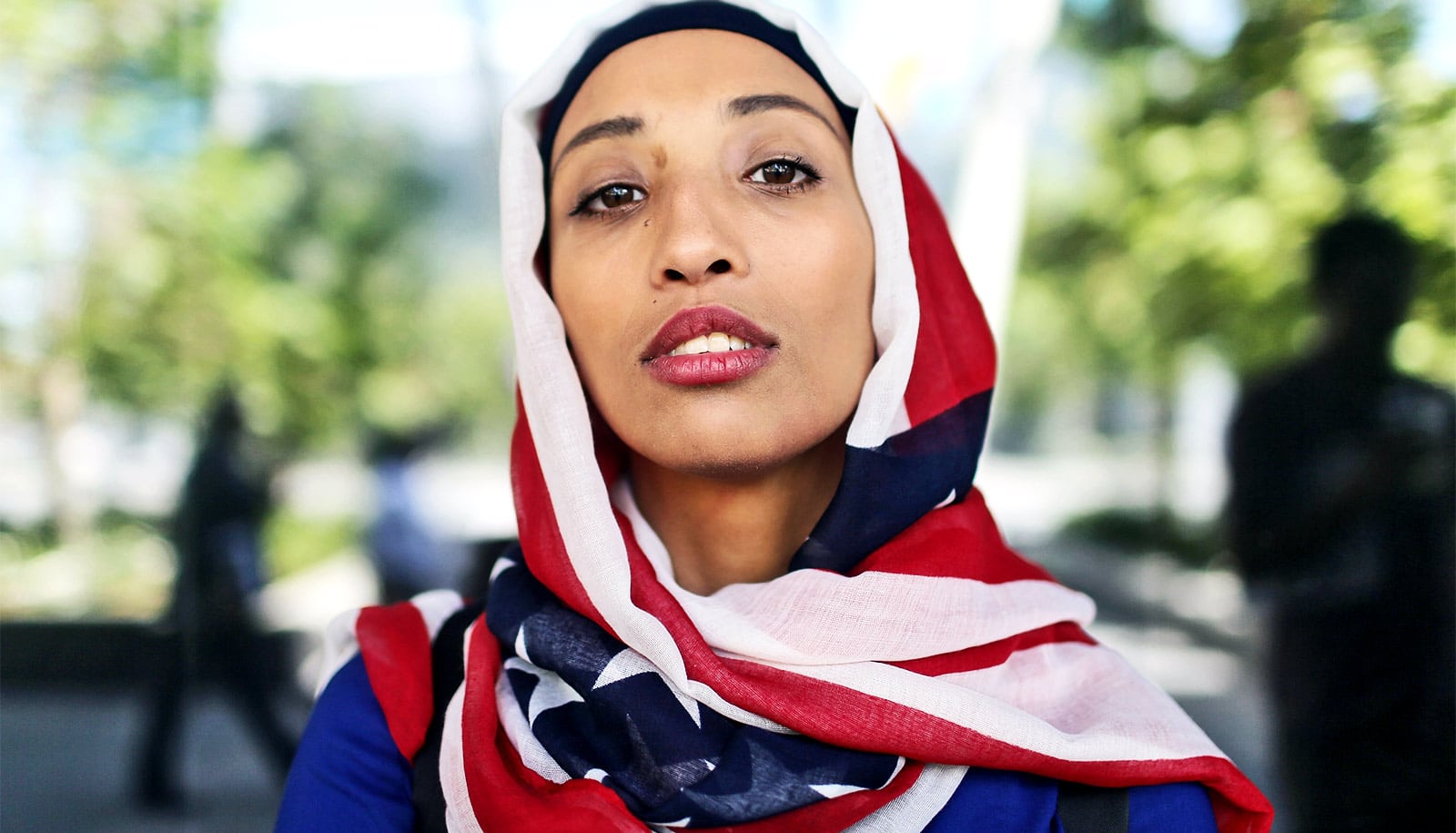Over the last three generations, Christian children in Africa have surpassed their parents’ level of education at a much higher rate than Muslim and traditionalist children there have, research shows.
It has been more than a half century since most African countries gained independence from their European colonizers, who spent decades mining the continent’s precious natural resources and spreading Christianity.
Yet many decades later, African Christians are still seeing bigger generation-over-generation educational gains than Muslims, and they’re seeing even larger gains than those who practice traditional Indigenous religions. And in some areas, the educational gap between Christians and non-Christians is growing wider, the researchers report.
The study draws on 50 years of census data from 2,286 districts across 21 African countries to present the first comprehensive account of the differences in intergenerational educational mobility across religious denominations of Africa, home to 17% of the global population and some of the largest Christian and Muslim communities in the world.
Published in Nature, the study raises new questions about the connections among education, wealth, and culture in Africa.
“It has always been well understood that there is an educational gap between Christians and Muslims in Africa,” says coauthor Stelios Michalopoulos, a professor of political economy at Brown University. “What was less understood was whether the gap was changing from generation to generation, particularly after many African countries underwent decolonization. We wanted to find out: Is the gap shrinking, expanding, staying the same? And what we found is that the gap has remained stable in the last 50 years, and in some cases, it has even grown wider.”
Michalopoulos and his coauthors found that, over the last three generations, Christian children across 21 African countries have surpassed their parents’ level of education at a much higher rate than Muslim and traditionalist children. That was true, the scholars found, even when Muslims lived in the same districts as Christians and came from households with comparable economic and family backgrounds.
Take Nigeria, for example—Africa’s most populous country, where the population is roughly evenly split between Christians and Muslims. The researchers found that Nigeria’s overall rate of intergenerational educational mobility over the last 50 years was 0.612—in other words, 61% of all Nigerian children whose parents didn’t finish primary school have been able to surpass their parents’ education levels, completing primary school and attaining literacy. That rate was much higher for Christians—0.786—than for Muslims—0.466. For traditionalists, the rate was even lower, at 0.229.
With the goal of understanding the drivers behind that mobility gap, Michalopoulos and his colleagues analyzed census data while controlling for a series of factors, including household and community characteristics.
The scholars found that differences in household size—Muslim and traditionalist households are larger on average than Christian households—played a very small role in educational mobility differences between religions. Differences in occupational structure and income played virtually no role in explaining the gaps.
Ultimately, they discovered, about two-thirds of the intergenerational education mobility gaps could be explained by two factors: differences in older generations’ literacy rates and the distinct educational dynamics of each residential district.
Michalopoulos explains that in regions where Muslims make up the majority of the population, they are far less likely to see generational education gains than their Christian neighbors. That is particularly true in West African countries such as Benin, Cameroon, Ghana, Senegal, and Nigeria, where religious segregation is high. By contrast, when Muslims live in communities where they are a minority, they fare better in education, sometimes even surpassing their Christian peers in educational mobility.
“There might be an assumption that when Muslims are in the minority, there’s discrimination against them, and the discrimination widens the educational mobility gap,” Michalopoulos says. “But that’s not the case. In some districts, Muslim minorities are actually doing better than Christians, making more gains. It’s when they are in districts where they are the dominant group that they are systematically underperforming.”
That got Michalopoulos and his colleagues thinking about how different cultures view education. In the Western world, he says, schooling is commonly assumed to be a driving force of development and liberation, always delivering positive economic and social returns. But to assume education delivers similarly positive returns everywhere may not be accurate. In some communities, he explains, close-knit social communities provide the kind of economic security that education does in the United States, helping people find gainful employment.
“We can calculate the economic worth of a year in school and share that with people as an argument for schooling, but there may be things we’re not understanding about how people from different cultures, from different religions, from different economic structures, view education differently,” Michalopoulos says. “Maybe Muslim communities’ extended, tight social network compensates for the educational deficit, particularly in religiously segregated communities where secular education itself may be a politically contentious topic.”
But in communities where Africans struggle economically, he says, residents may be more likely to gravitate toward school if it promises to deliver positive returns. Michalopoulos explains that in the 1930s and 1940s, Christian missionaries set up hundreds of schools in communities dominated by Africans who practiced traditional religions, many of them poor. Drawn in by the promise of more economic security, children in Southern and Central Africa poured into those schools, gaining literacy and converting to Christianity in huge numbers. According to the Pew Research Center, nearly half of Africans identify as Christian today, up from 9% in 1900. The percentage of Muslims, on the other hand, has decreased slightly, from 47% in 1870 to 41% today.
Based on the study data, there’s no question that traditionalists who have converted to Christianity over the last three generations have seen more educational gains than traditionalists who did not convert. Michalopoulos says that finding is consistent with one of the study’s main takeaways: that upward educational mobility has been higher in areas close to capitals and coastlines, which saw more European colonial development.
While that finding is valuable, Michalopoulos says, it only tells a zoomed-out story about education, religion, and economic success in Africa. But he hopes the data will prove helpful to social scientists who previously lacked continent-wide statistics, assisting them as they ask more specific questions that could ultimately improve educational and economic outcomes for Africans.
Some of the questions Michalopoulos hopes scholars ask: Have Protestant and Catholic Christians experienced more educational gains than Coptic Christians? Is there an educational mobility gap between Sunni and Shia Muslims? In what areas are humanitarian investments in education paying off, and in what areas are they not changing the economic landscape?
“This study was us saying, ‘Let’s paint the broad picture—it’s going to miss a lot of the nuances, but at least it’s going to be a complete picture,'” Michalopoulos says. “Now, we’re saying to our colleagues, ‘Okay, we have a fairly comprehensive picture, but we’re missing a lot—how can we fill in the gaps?'”
In addition to Michalopoulos, study authors are from the London Business School and Harvard University.
Source: Brown University



